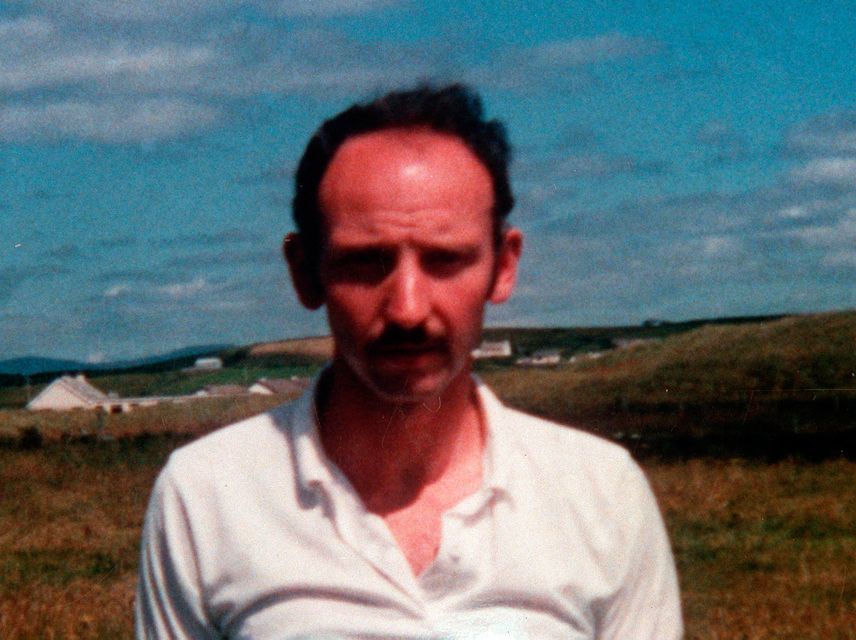The daughter of a man killed in the PIRA Teebane massacre has urged the Government’s legacy body to review the case and to give them the names of those responsible.
Eight men were killed and others seriously injured when a bomb exploded at Teebane crossroads near Cookstown on January 17, 1992.
The workmen were targeted because their employer did construction work for the security forces.
One of the eight workers murdered was an off-duty soldier.
The men had been engaged in construction work at Lisanelly army base in Omagh and were on their way to Cookstown when their van was destroyed in the blast at Teebane crossroads.
Ms Diane Kerrigan, the daughter of Cecil Caldwell, one of the eight men murdered, said: “This will be a challenging piece of work for the Independent Commission for Reconciliation and Information Recovery (ICRIR).
“All I want are some answers. Who carried this out and why? My family was devastated, left with decades of pain and torment.
“This was a calculated, callous and, yes, sectarian attack on workers who wanted no more than to do all they could for their families.
“We have to hope that the ICRIR will bring us some closure. If that closure results in the naming of the terrorists and opens the door to criminal proceedings, then our persistence will have been rewarded.”
Lurgan-based Ulster Human Rights Watch (UHRW) is backing the families and has asked the Independent Commission for Reconciliation and Information Recovery to examine the case, which was seen as one of the worst of the Troubles.
Cecil Caldwell
The new development comes before a commemoration takes place at the Teebane crossroads on Sunday, January 19, at 3pm to mark the 33rd anniversary of the atrocity.
UHRW advocacy manager Axel Schmidt said the attack merited a review and hoped it would provide relatives with some answers.
Mr Schmidt added: “UHRW is representing two of the families who lost loved ones in this appalling attack.
“A number of factors are under the microscope. First, in a review by the Historical Enquiries Team (HET), a number of suspects were identified but they were never arrested or interviewed. This fact, on its own, is a source of major concern for the families.
“Second, technological advances in forensics have created new opportunities to re-test over 20 exhibits.
“These tests could help in the identification of the PIRA terrorists, opening the way to possibly initiating criminal proceedings.
“Families remain convinced that had appropriate protective measures by the employer Karl Construction and the RUC’s ‘Operation Ironside’ been followed, this atrocity could have been thwarted.
“There were failings and shortcomings, but ultimately this heavy loss of innocent lives was down to the murderous actions of the PIRA.
“Even if prosecutions are not possible, the ICRIR has the power to name those involved in the bombing.”
The ICRIR recently said the new year marks the next important chapter of the Commission’s work, with the first of its reports likely to be published in the autumn.
There are many victims, and relatives of those who died during the Troubles, who strongly oppose the ICRIR believing the UK Government should not be the sole arbitrator in legacy cases.
